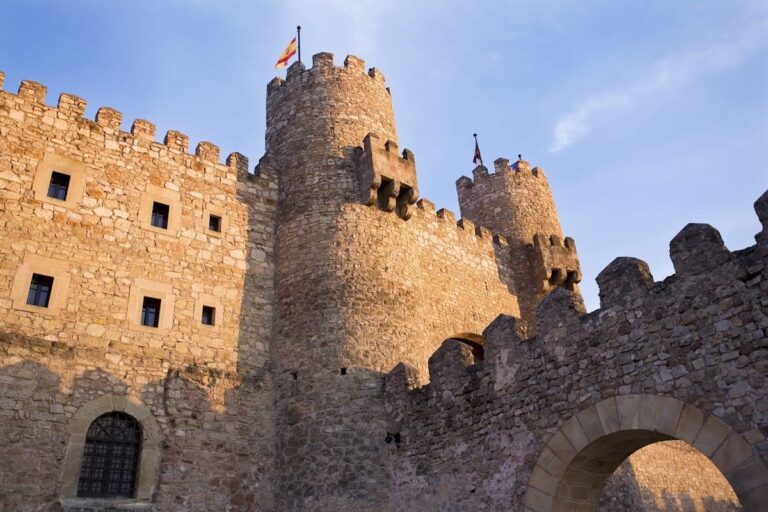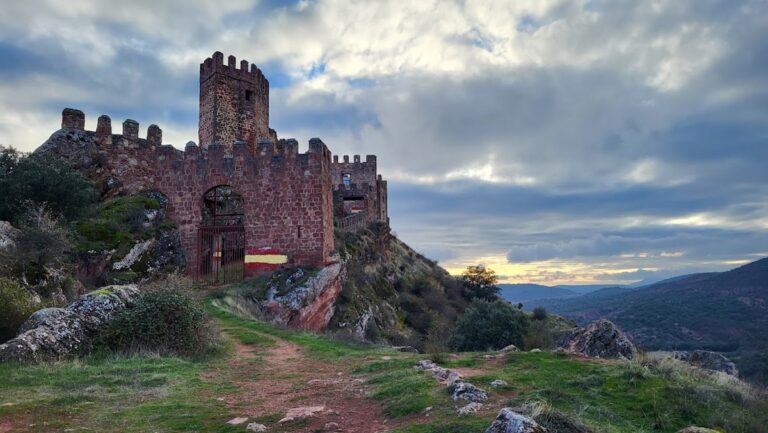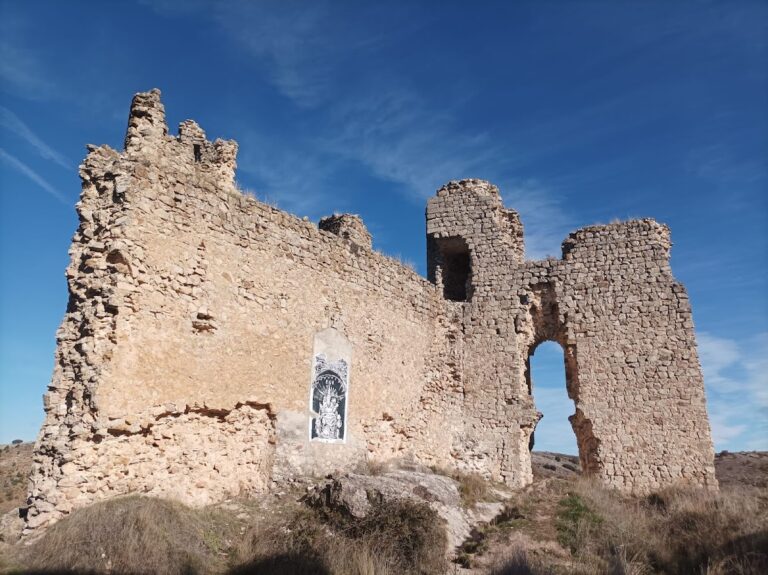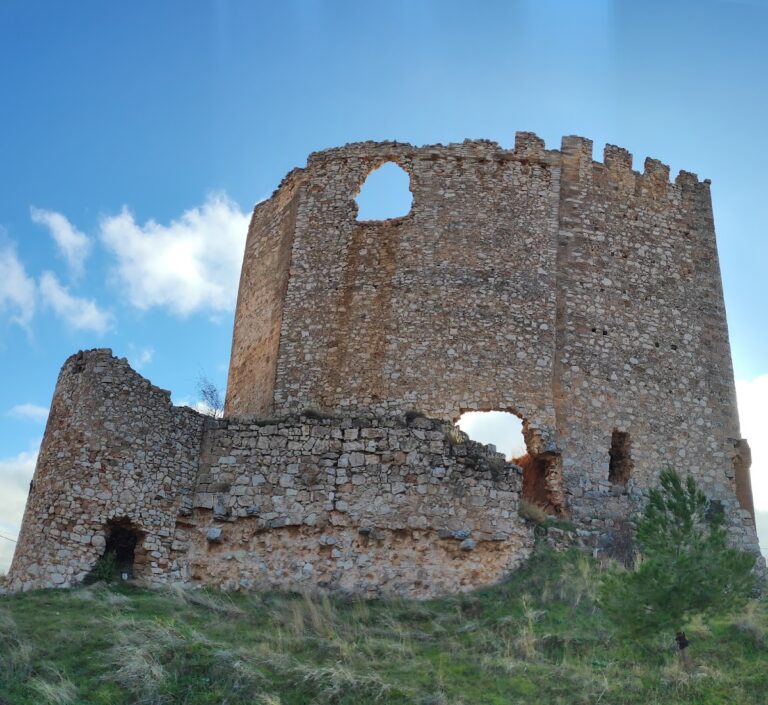Roman Arch of Medinaceli: A Monumental City Gate in Spain
Visitor Information
Google Rating: 4.6
Popularity: Medium
Google Maps: View on Google Maps
Country: Spain
Civilization: Roman
Remains: Civic
History
The Roman Arch of Medinaceli stands in the town of Medinaceli, located in the province of Soria within the autonomous community of Castile and León, Spain. This monument was originally part of the ancient city known as Occilis, built by the Romans during their occupation of the Iberian Peninsula.
Constructed at the end of the 1st century AD, the arch served as both a commemorative monument and a city gate. It marked an important entrance to Occilis, allowing passage for carriages and animals through its central arch, while side arches accommodated pedestrians. The arch was dedicated to the divine spirits, or numina, of Roman emperors. Initially, it honored Emperor Augustus, the first Roman emperor, reflecting the imperial cult’s influence in the region.
On the southern side, the arch bore a dedication to Emperor Domitian. However, this inscription was altered in 98 AD to honor Emperor Trajan, indicating a shift in imperial recognition during the early 2nd century. This change reflects the political and religious practices of the Roman Empire, where monuments were often updated to reflect current rulers.
The arch remained an integral part of the city’s fortifications, incorporated into the city wall. In 1930, the Spanish government officially recognized its cultural and historical value by declaring it a Bien de Interés Cultural, a status that protects important heritage sites.
Remains
The Roman Arch of Medinaceli is built using the opus quadratum technique, which involves carefully cut stone blocks laid in regular courses without mortar. The stones vary in size and are arranged mostly in stretcher bond, where the longer face of the block is visible, with some blocks laid in header bond, showing the shorter end.
The structure measures approximately 13.20 meters long, 2.10 meters wide, and 8.10 meters high. It is oriented along an east-west axis, with the eastern front facing the Jalón valley and the nearby railway station, and the western rear facing the town itself. The arch functioned as a city gate, with a central arch spanning 1.90 meters for vehicles and animals, flanked by two smaller arches each spanning 1.30 meters for pedestrians.
The central arch is composed of 23 wedge-shaped stones called voussoirs, while the side arches each have seven voussoirs. Decorative elements include fluted pilasters topped with Corinthian capitals, which are ornate column-like features, and tympana, the triangular spaces above the arches. These rest on a lower molding that runs along the base.
Four larger pilasters appear at the corners of the intermediate section on two facades. This unusual placement corresponds to the height of the city wall into which the arch was integrated, showing how the monument was part of the defensive structure.
Above the arches, two rows of finely cut ashlar blocks form the upper section, crowned by a cornice. These blocks once held golden letters forming commemorative inscriptions, though only some metal fastening bolts remain today. The inscriptions originally honored Roman emperors, linking the monument to imperial cult practices.
The arch’s decoration has suffered heavy wear due to exposure to harsh weather conditions at nearly 1200 meters above sea level, including rain, wind, and snow. The northern and western sides are better preserved than the southern and eastern sides. The foundation shows signs of deterioration, with some stone blocks having been replaced to maintain stability.
Overall, the Roman Arch of Medinaceli remains largely intact in situ, preserving its historical role as a monumental city gate and commemorative structure from the Roman period.









